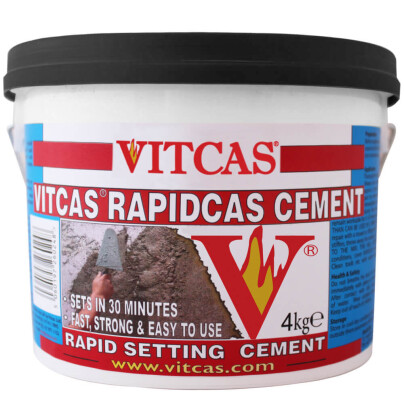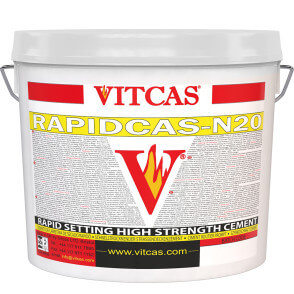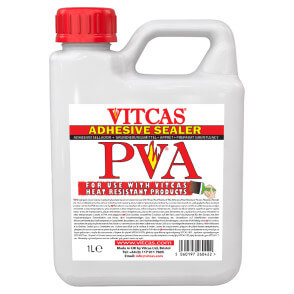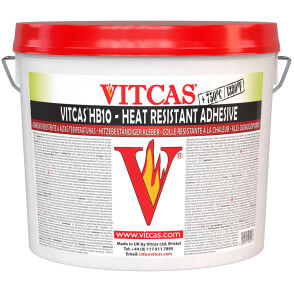Rapidcas Cement
Vitcas® Rapidcas Cement - Rapid Setting Repair Compound (30 Min Set Time)
Vitcas® Rapidcas Cement is a specially formulated, rapid-setting cement-based repair compound designed for applications where time is critical. When mixed with water, it sets in approximately 30 minutes, depending on ambient conditions, making it ideal for urgent installations and structural repairs.
Key Benefits:
-
Fast setting time - Sets in around 30 minutes (depending on temperature and humidity)
-
Simple application - Just add water, no special tools or additives required
-
High build capability - Can fill up to 25 mm depth in a single layer
-
Suitable for internal and external use - Durable across a range of substrates
Applications:
-
Structural repairs to cracks in walls and floors
-
Repairing flags, paving slabs, bricks, and stonework
-
Patching steps, ledges, and window sills
-
Pointing of brick and natural stone masonry
-
Jointing of earthenware pipes and ceramic drainage systems
-
Repairs in garden ponds, water features, and pools
-
Setting toilets (W/C), sinks, and sanitary fittings
-
Sealing leaks in concrete-based substrates
-
Fixing railings, fencing posts, and outdoor supports
Vitcas® Rapidcas is widely used in construction, maintenance, plumbing, and civil repair projects, offering rapid turn-around with reliable strength and long-term performance.

Important Usage Guidance
- For load-bearing structures, we recommend using a structural-grade alternative specifically designed for heavy-duty applications.
- In acidic environments, such as areas exposed to chemical agents, opt for Vitcas® Acidcas Cement, Patch, or Concrete, which are specially formulated for chemical resistance.
- When using in fishponds or aquatic environments, simply apply a waterproof sealer over the repaired area before reintroducing fish to ensure a safe and long-lasting result.
Surface Preparation for Optimal Results
- Ensure surfaces are clean, dry, and structurally sound
- Remove any dust, loose material, oil, or contaminants that could interfere with adhesion
- On porous or warm surfaces, consider dampening the area slightly before application to improve workability and bonding









